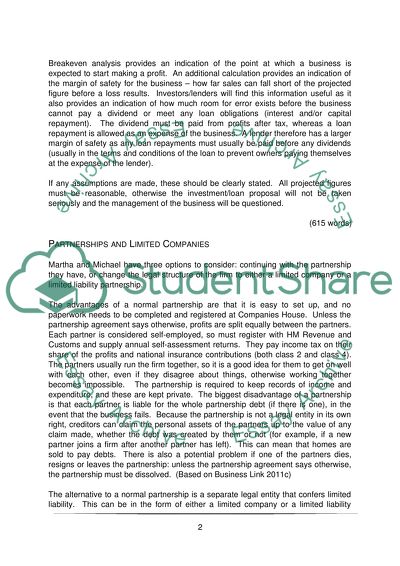Cite this document
(“BUSINESS ORGANISATION AND SOURCES OF FUNDING/FINANCE Essay”, n.d.)
Retrieved from https://studentshare.org/environmental-studies/1405678-business-organisation-and-sources-of-funding
Retrieved from https://studentshare.org/environmental-studies/1405678-business-organisation-and-sources-of-funding
(BUSINESS ORGANISATION AND SOURCES OF FUNDING/FINANCE Essay)
https://studentshare.org/environmental-studies/1405678-business-organisation-and-sources-of-funding.
https://studentshare.org/environmental-studies/1405678-business-organisation-and-sources-of-funding.
“BUSINESS ORGANISATION AND SOURCES OF FUNDING/FINANCE Essay”, n.d. https://studentshare.org/environmental-studies/1405678-business-organisation-and-sources-of-funding.


